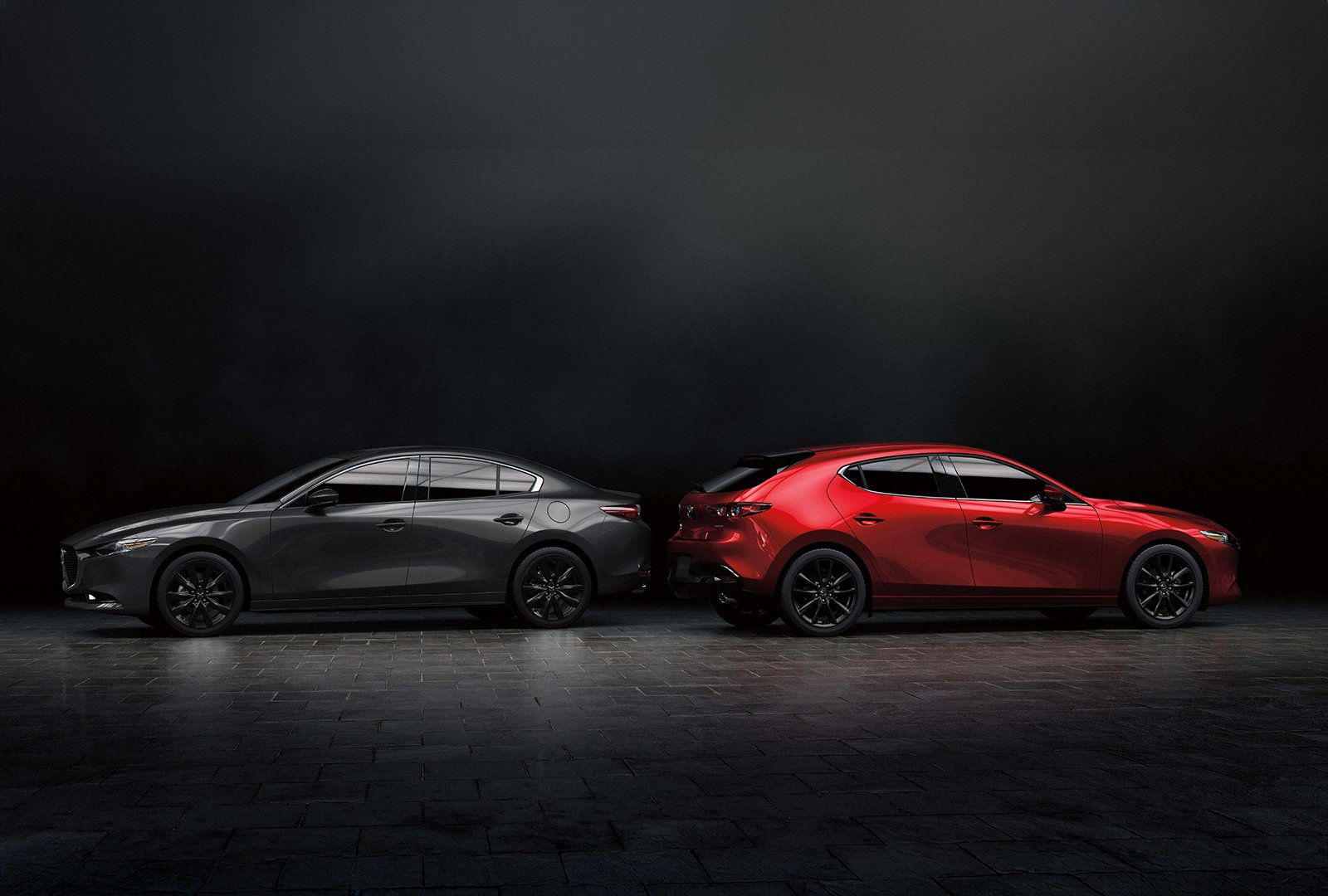
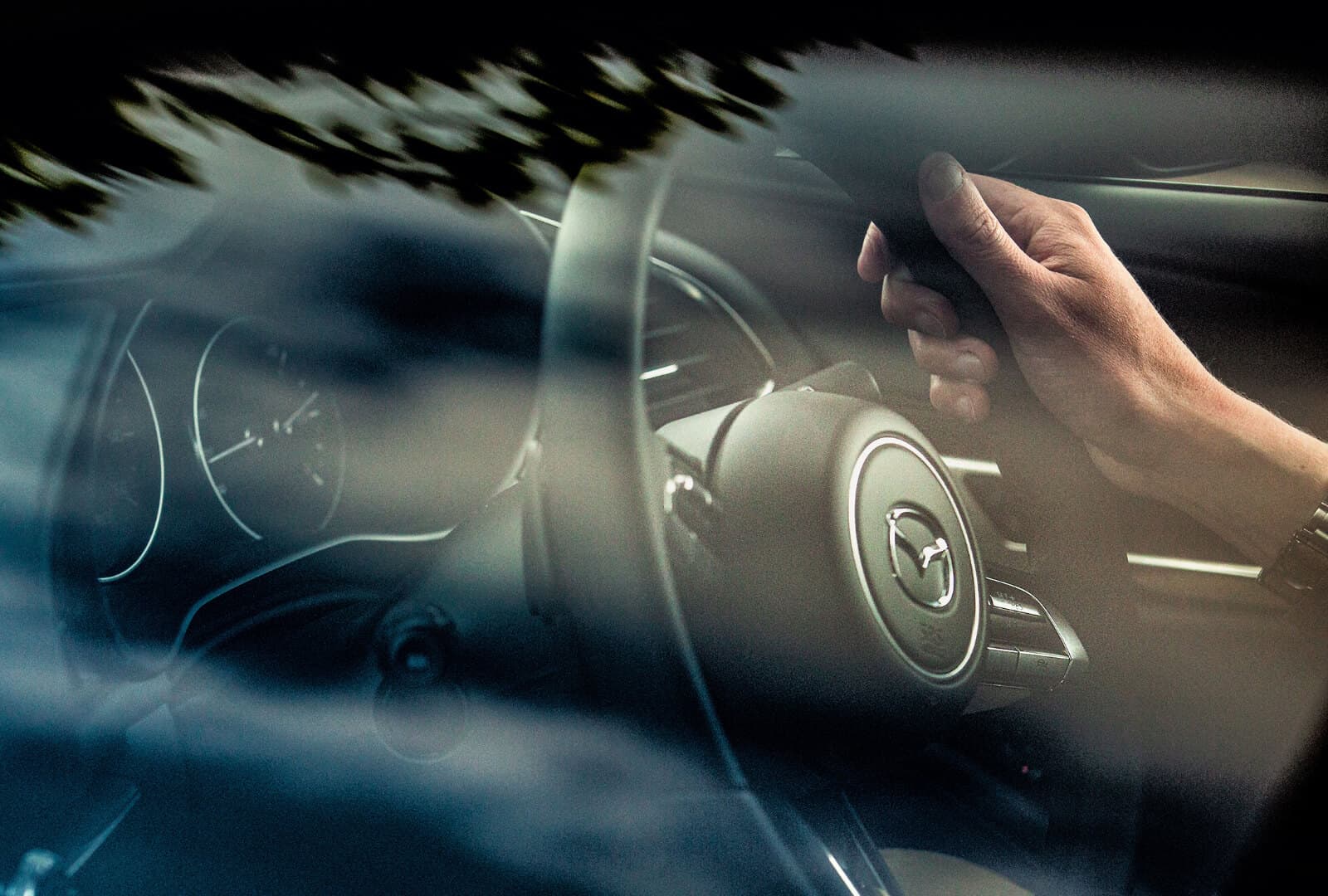

ALREADY SUBSCRIBED TO
MAZDA CONNECTED
SERVICES?
Sign in to the subscription website to
view available plans and pricing or
manage your subscription.
Canadians live in a vast country where long drives come with the territory. Whether you drive on highways regularly or just on occasional road trips, extra precautions are essential. High speeds, changeable road conditions and lanes shared with massive transport trucks can unnerve even the most experienced drivers.
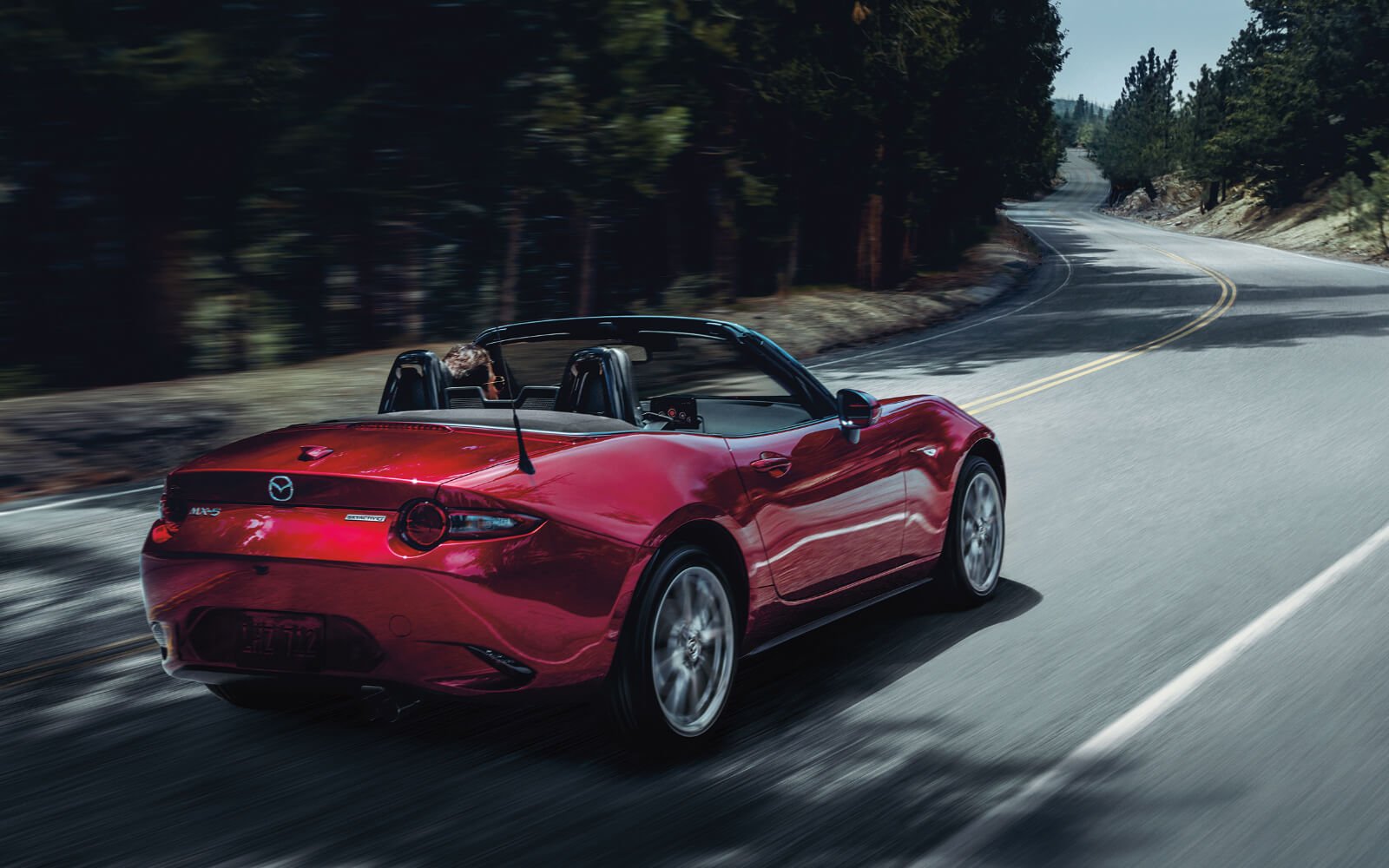
Road infrastructure improvements have helped drivers enormously: rumble strips on road edges and centre lines, twinning highways and the addition of passing lanes have all been effective in reducing collisions. Safety technologies in vehicles have also contributed to a fall in motor vehicle fatalities – down by 9.1 percent in Canada in 2019 according to Transport Canada’s National Collision Database. Mazda drivers benefit from a robust suite of safety technologies that create an extra layer of protection, especially suited for highway driving.
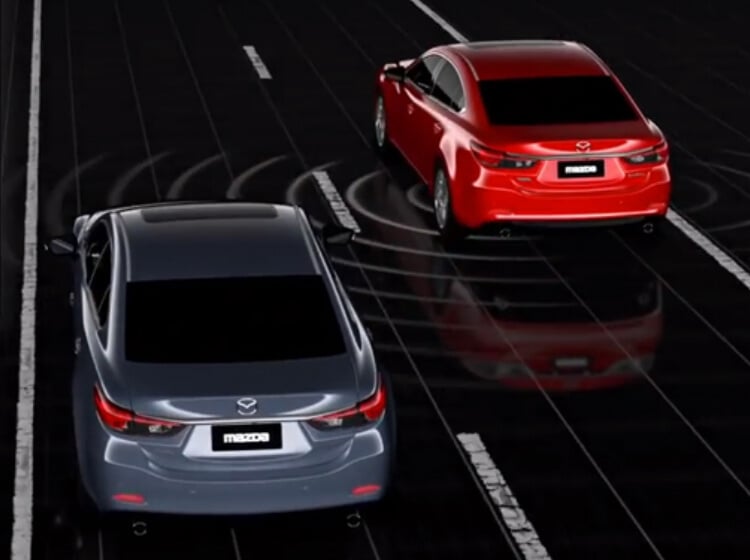
Trucks and buses spray a lot of slush and rain when passing in foul weather. Blind spots are another ever-present hazard on busy highways when changing lanes. A helpful addition to the commuter’s safety kit, Blind Spot Monitoring (BSM) uses radar sensors to detect vehicles up to 8 metres behind you and alerts you with a solid warning light in your side mirror. If you signal an attempt to change lanes, the same warning light in your mirror begins to flash.
Highway driving poses inherent risks that come with higher speeds and larger vehicles like transport trucks that take longer to react, slow down and stop. Radar Cruise Control (RCC) works like traditional cruise control but with the added benefit of keeping a safe distance between you and the vehicle in front. It does this by reducing speed automatically when it detects a car in front to maintain a safe following distance. You can adjust this distance using the up or down buttons on the steering wheel, and as soon as the vehicle moves out of the way or you change lanes, the system returns to the original set speed.
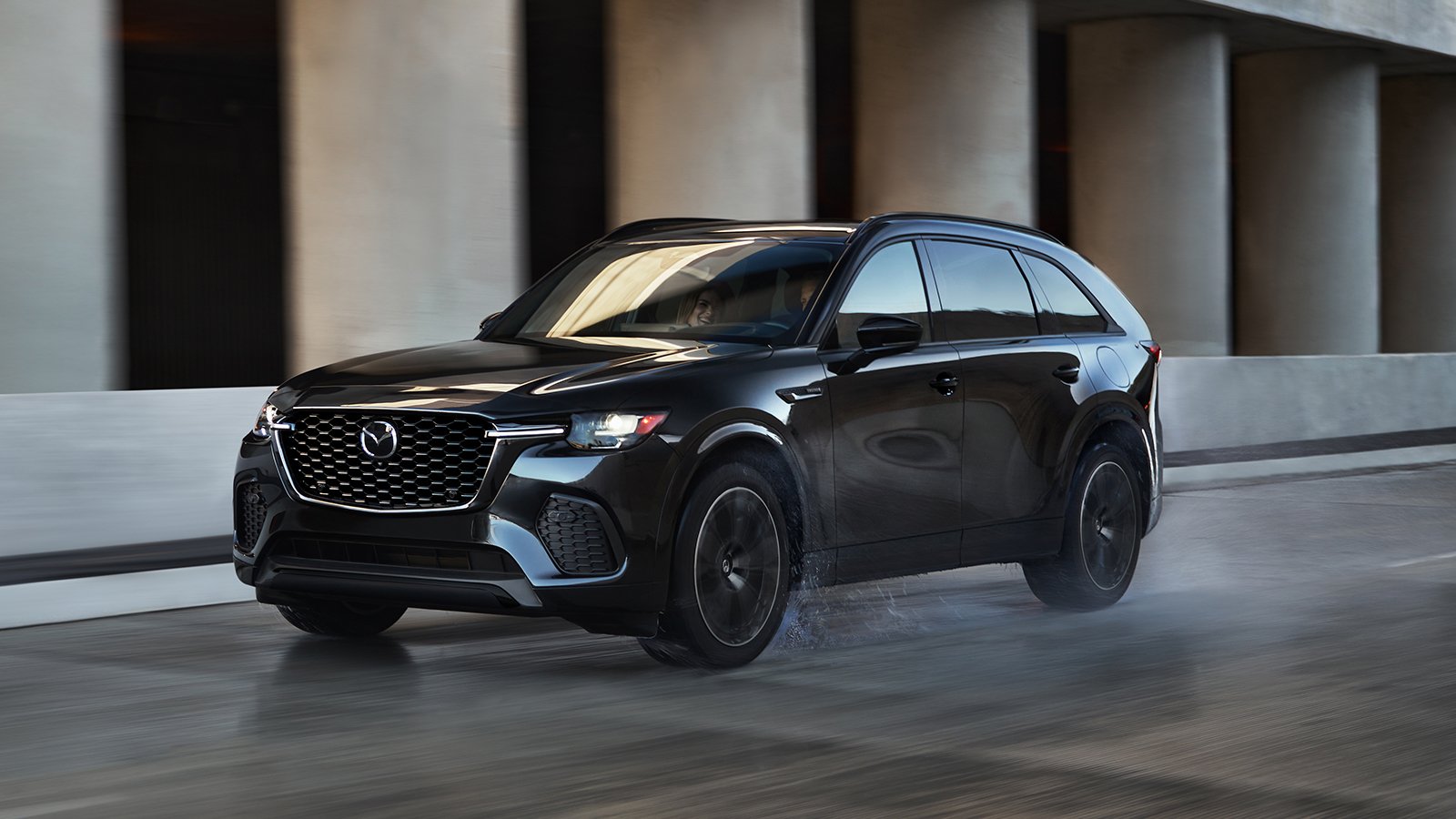
About two thirds of fatal collisions and 70 percent of injury crashes occur on rural roads, typically undivided with two lanes. On a long drive down a country road, where fatigue and monotony are a driver’s twin enemies, Lane Departure Warning (LDW) alerts you if you unintentionally stray beyond your lane. Using cameras to monitor lane markings on the road, LDW notifies you with a flashing display and warning sound on the corresponding side of the car. If you signal, however, the system knows the lane change is intentional and doesn’t warn you.